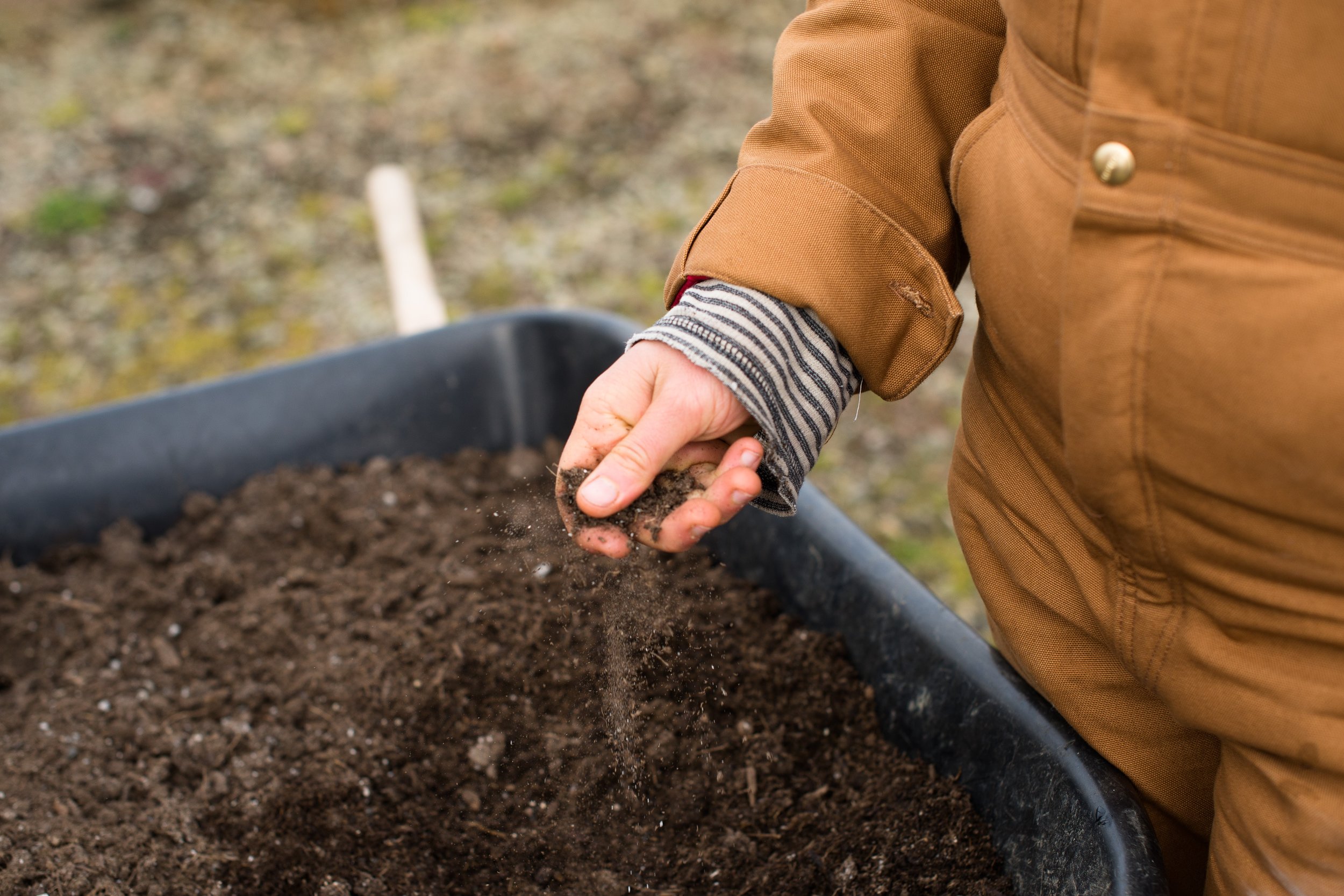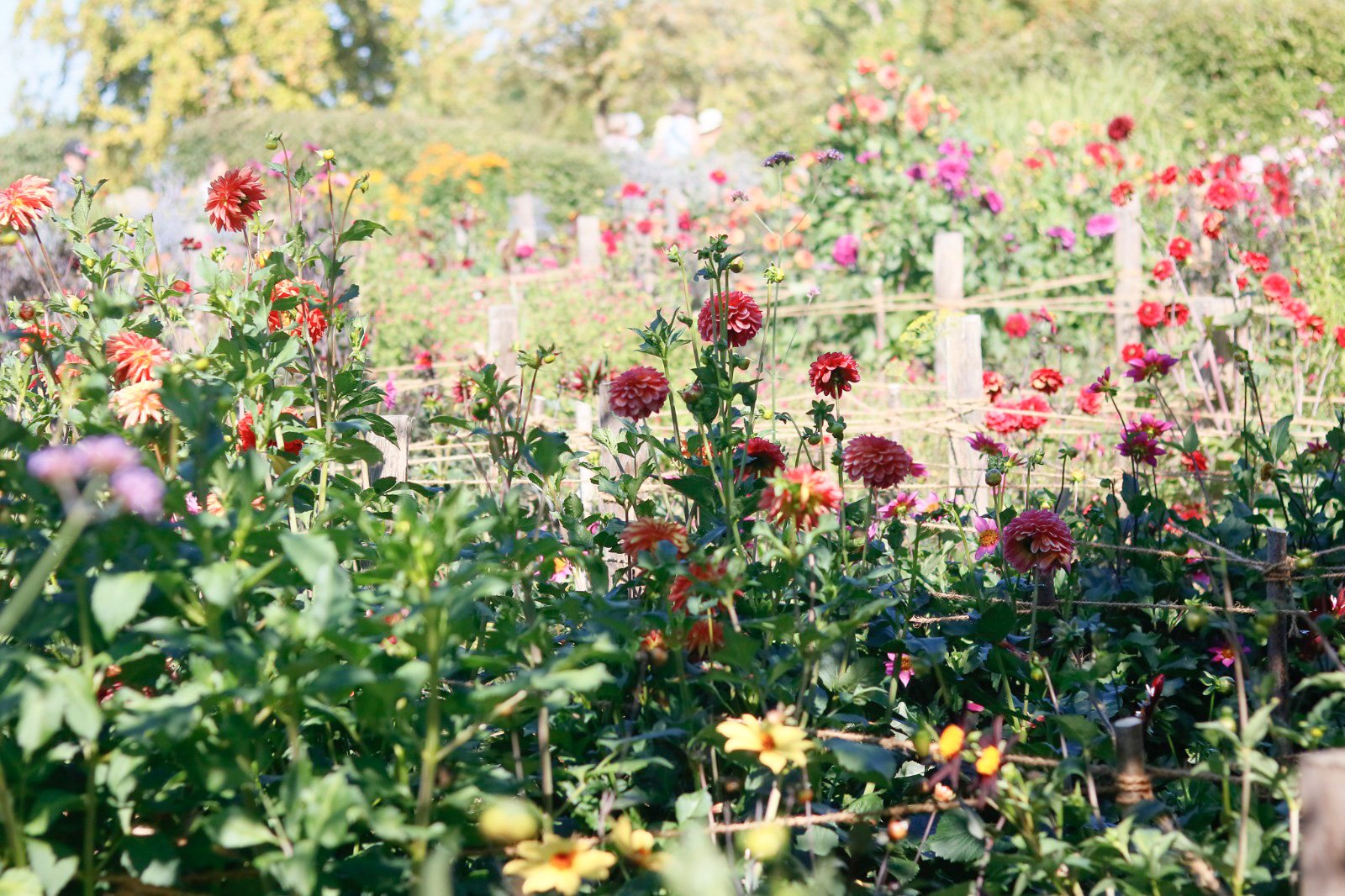Sustainability - Part Four
Sustainable Floristry
Part four - making a change & understanding greenwashing.
It’s time for the final part of our sustainability blog series where we’re going to bring together all of that amazing information and show you how you can apply it to your work and business in a meaningful way.
Let’s jump in with the biggest overarching tip we can give you to becoming more sustainable in your practices; transparency. The only way to bring about meaningful change is with openness and honesty, we’re all learning at the end of the day, so let’s be where we are.
Have you heard of the term ‘greenwashing’? This word, becoming more and more apparent in the world of marketing, basically means telling the consumer lies to convince them of your ‘green credentials’ to get them to patronise your business. Greenwashing is when an organisation spends more time and money on marketing itself as environmentally friendly than on actually minimising its environmental impact. It's a deceitful marketing gimmick intended to mislead consumers who prefer to buy goods and services from environmentally conscious brands. This is often done through misleading or vague claims about sustainability or environmental impact.
Some classic examples of greenwashing in the floral industry:
Using the word ‘seasonal’ to describe imported blooms
Using the word ‘eco-friendly’ when you actually use floral foam
Describing your style with buzz words like ‘natural’, ‘wild’ and ‘garden style’ when using imported blooms
So as a floristry business, the main take away from any of this is to just be honest about where you are on your environmental and sustainability journey and be careful of your terminology used so not to contribute to greenwashing. No one is saying you must change everything you do overnight, but if you do want to make a commitment to implement changes then being open and honest about this with your customers is the best way to manage people's expectations and create a meaningful difference.
Some great tips to follow to make sure you are not contributing to greenwashing:
Setting clear sustainability goals
Establishing clear sustainability goals for yourself and your business, such as reducing single use plastic or sourcing a percentage of your produce from British growers, is a great place to start. By sitting down and thinking what changes you can easily make and those you’d like to strive to make can really help to guide your decision-making moving forward. Try posting these on your website or social media and challenging yourself to make measurable progress towards sustainability. When you make these goals and decisions an integral part of your business and branding it is then it will immediately become easier to fulfil the criteria for your clients based on what you already say you do.
An example of some sustainability goals could be:
To use 80% British grown, seasonal flowers when available
To only use 'foam free' design practices for all of or arrangements and to keep single use plastics out of our shop/studio
To source our props and styling materials from other businesses and makers who support sustainability at their core
To compost all our green waste
Have a think about what you could commit to and try writing it down!
Adding a sustainability clause into your terms and conditions
This will aid you in sticking with the goals you’ve set out to achieve by helping to manage your clients expectations. This will give you the freedom to really embrace working with foam free mechanics and using seasonal produce with confidence, knowing that your client is with you every step of the way. For example, if you did want to work with more seasonal flowers, explaining to your clients that you work with a colour palette and bloom sizes rather than exact hues and varieties would be a great addition to your consultation, design pitch and your terms and conditions.
Adding a clause like this ‘All flowers and plant material are seasonal and natural products, colours and flower types will not match mood board suggestions exactly. We embrace the seasonal element of what we do and therefore the season will be reflected in each design.’
Provide information to your customers
Offering up information about your sourcing practices, waste reduction efforts, and other sustainability initiatives will help your customers make informed decisions about their purchases. Providing this information to your customers about the environmental impact of different products and packaging options will really help build confidence and trust with clients, you could even point them in the direction of this blog series if you wanted to let them know why you’ve set new sustainability goals!
Sharing is caring
Collaborating with other businesses in the floral industry to share best practices and encourage sustainability can really help promote transparency and accountability within the industry. If we all work together on making sustainability a priority and all actively avoid greenwashing then we will be able to make real change within the floristry community.
Check out these other resources on greenwashing:
https://www.instagram.com/greenwashtheflowers/
https://greenclaims.campaign.gov.uk/
One last word…
Thank you all for reading these posts, it’s been such a pleasure to bring this information together for you all and we’re so happy to have these resources in place to keep sharing with our community. We know that there is a long way to go to bring about change in the floral industry, but even small steps can make a big impact. Don’t feel disheartened if all this information seems like too huge of an adjustment for you right now, Rome wasn’t built in a day! Think about any small swaps you can make, set a few little goals and challenge yourself to stick to them, the little things really do matter and they all add up over time.






